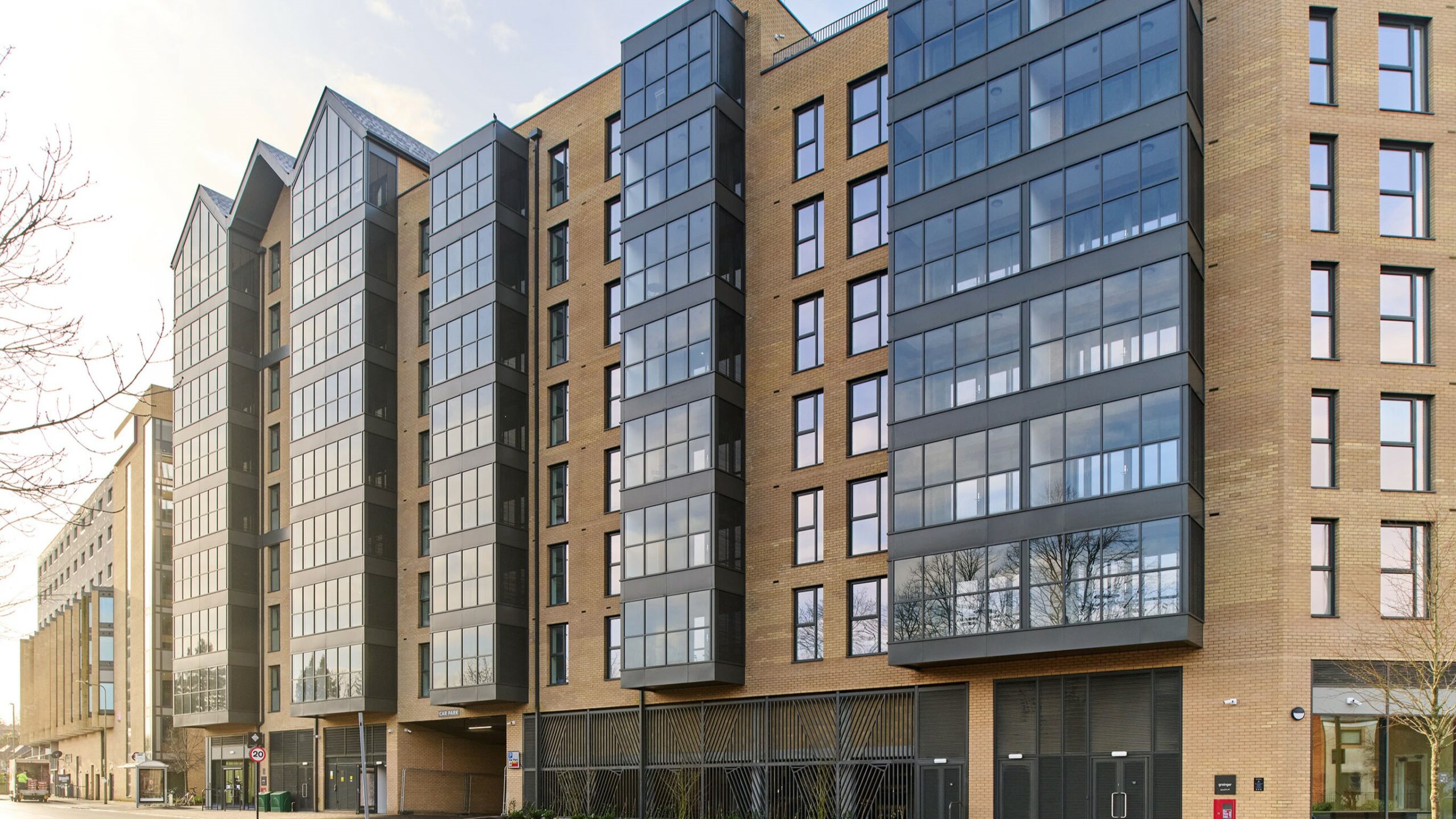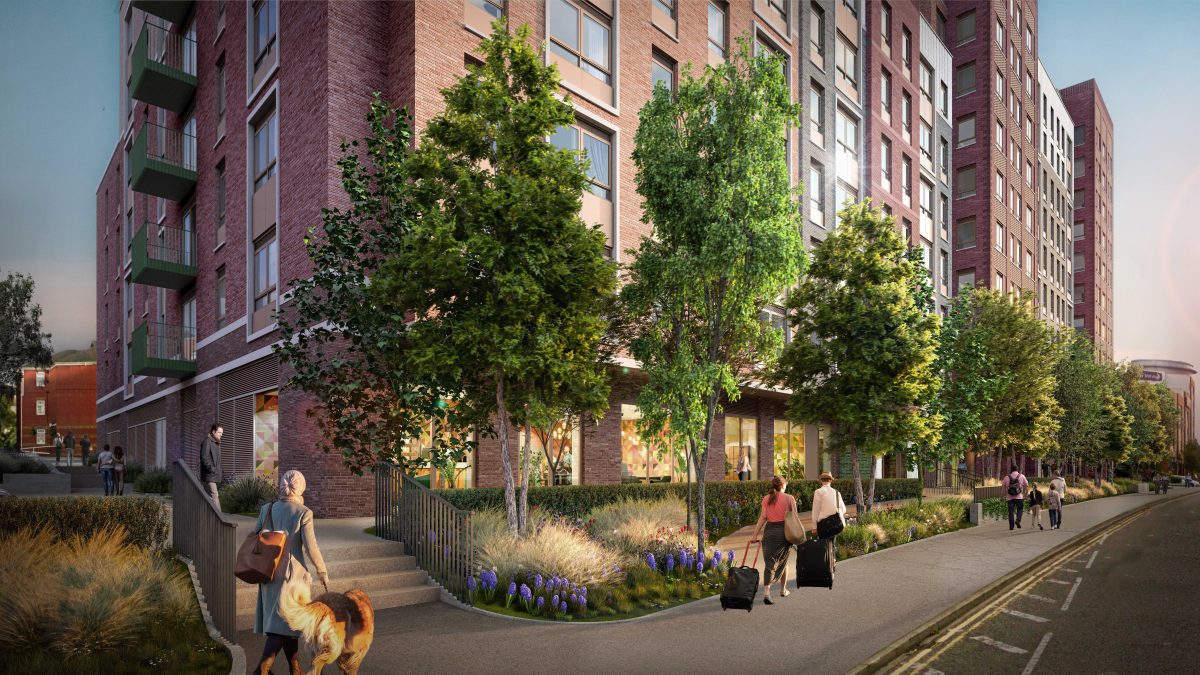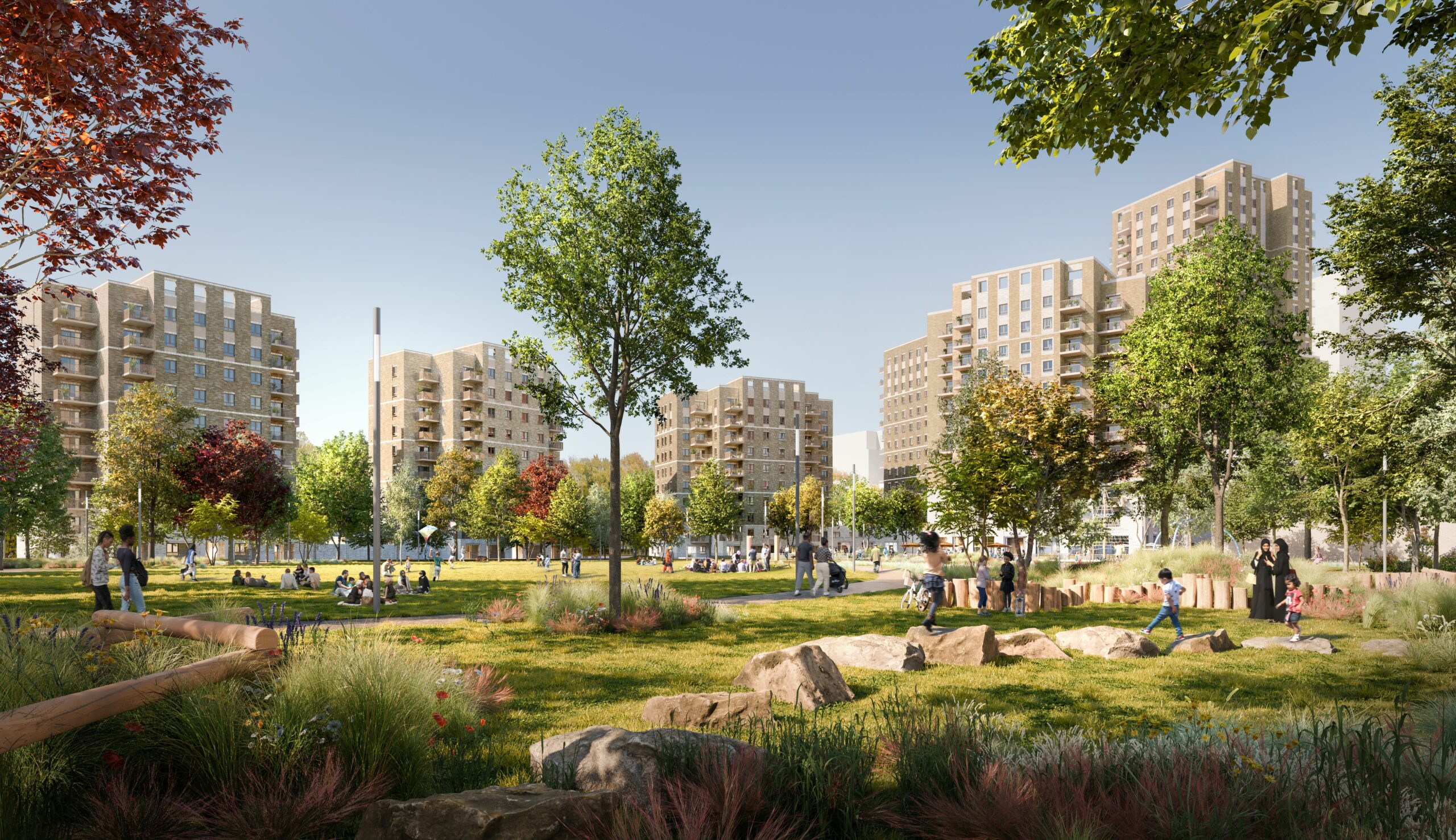UK: A new report says BTR development in the capital is being stymied by “stark inconsistency” from local authorities.
Investment in new developments and demand has led to an increase in the number of BTR planning permissions in London. The report, published by planning and development consultancy Lichfields, provides an overview of the planning position in which these permissions have emerged, looking at policy at the GLA and the 32 borough levels (alongside the City and London’s Development Corporations). It identifies those authorities which are supportive of BTR and which are explicitly recognising the sector through policy.
The research reveals an inconsistency in how BTR is addressed across the capital, with 46 per cent of planning authorities making no reference to the schemes in their local plans. Two Boroughs (Islington and Royal Borough of Kensington & Chelsea) seek to restrict or limit BTR. Meanwhile, 41 per cent of bespoke BTR developments, secured via specific planning applications, were found to be in just four boroughs (Brent, Newham, Ealing and Enfield) and 45 per cent of bespoke sites are in inner London.
The report finds that although the London Plan provides a strong basis for BTR, local policies “consistently fail” to differentiate between for sale housing and BTR schemes, meaning applications for BTR are assessed against policy for private sale developments, which makes the process of addressing BTR-specific issues unnecessarily complex as applications have to justify departures from residential policies designed for traditional for sale schemes. .
The NPPF defines build to rent in order to simplify its treatment within the planning system, and the PPG is clear that, where there is a need, LPAs should include a plan policy setting out their approach to promoting and accommodating build to rent. The research finds that this lacuna needs to be addressed.
Adam Donovan, a co-author of the report, said: “Boroughs must adopt a more proactive approach and align their planning policies to genuinely harness the benefits of Build to Rent. In failing to do so, the BTR sector in London is being detrimentally affected despite the high demand for secure, well managed rental properties. If local authorities developed a bespoke policy for BTR developments, the sector would become a lot stronger and more stable, helping to meet the chronic housing need in the capital.”
Ben Kelway, the report’s other co-author, added: “What is needed is a greater differentiation in development management policies and more flexibility in their application to assist in the delivery of BTR schemes. In particular, policies covering design standards, amenity space requirements and dwelling mix should reflect the specificities of BTR. BTR policy has come a long way in the last 10 years as the sector has matured and continues to grow. However, the planning system at a local authority level could do far more to promote and facilitate BTR developments in London. The opportunities presented by good quality BTR developments in the right locations are significant in terms of housing delivery, affordable housing and London’s communities.”
The Lichfields report can be downloaded here.








